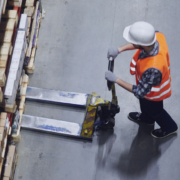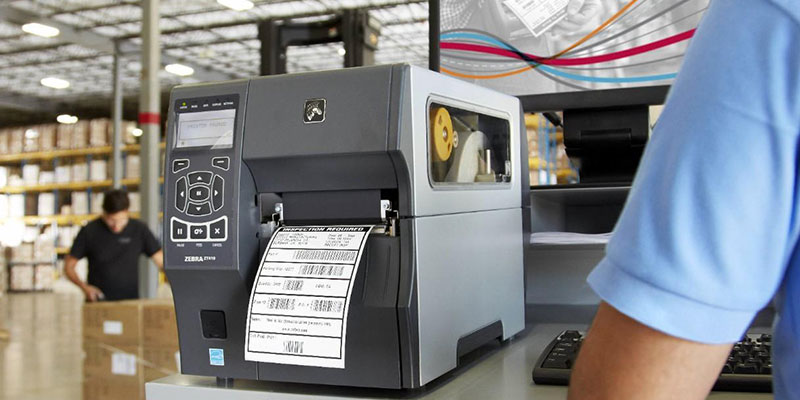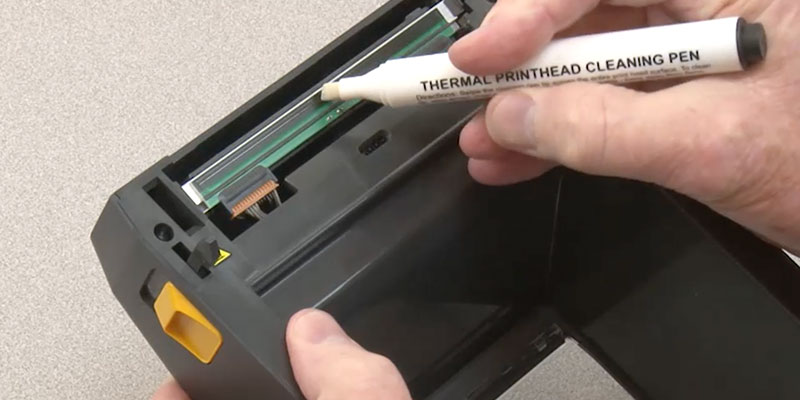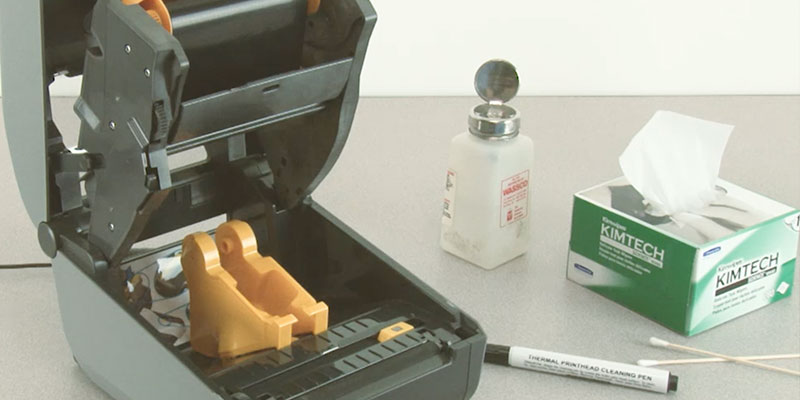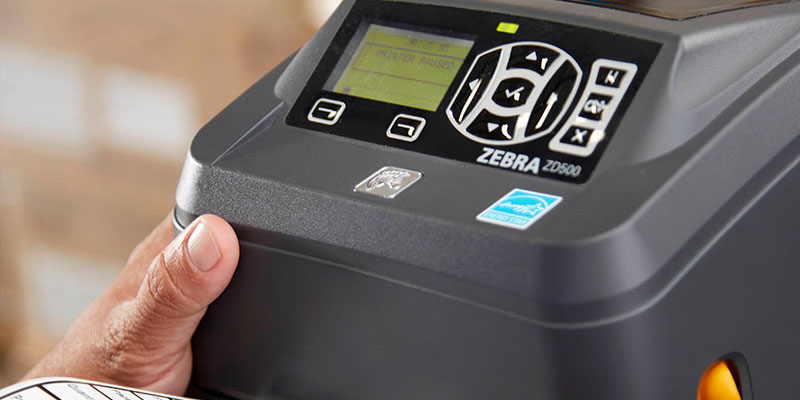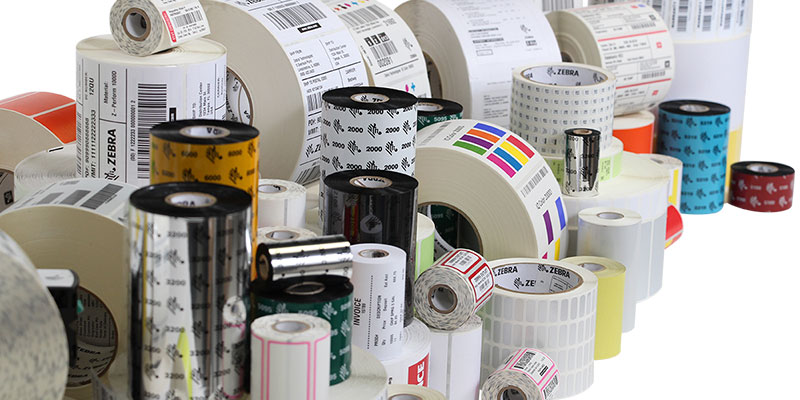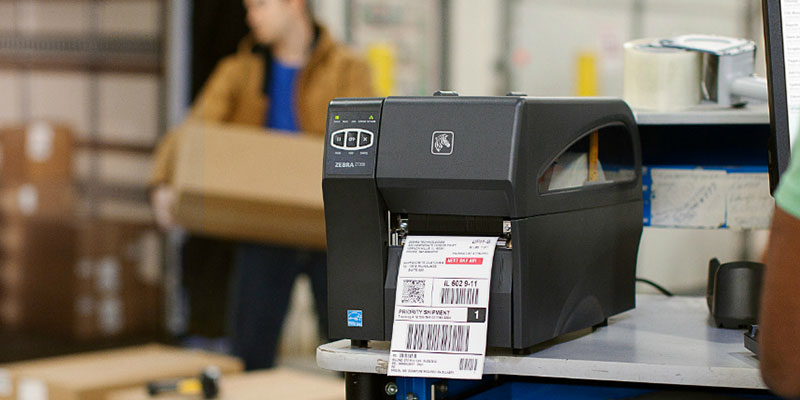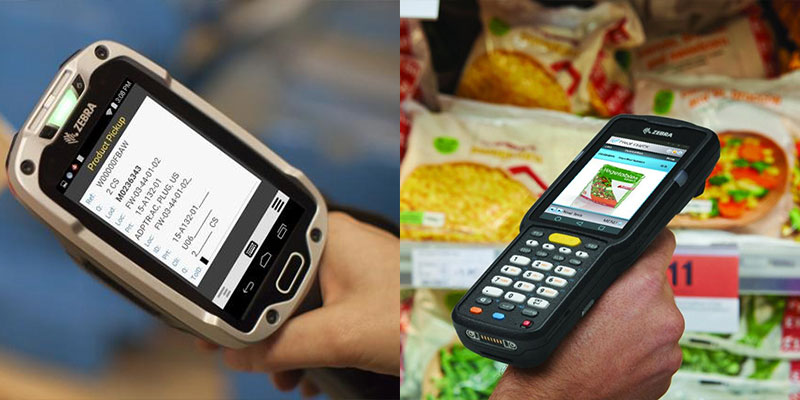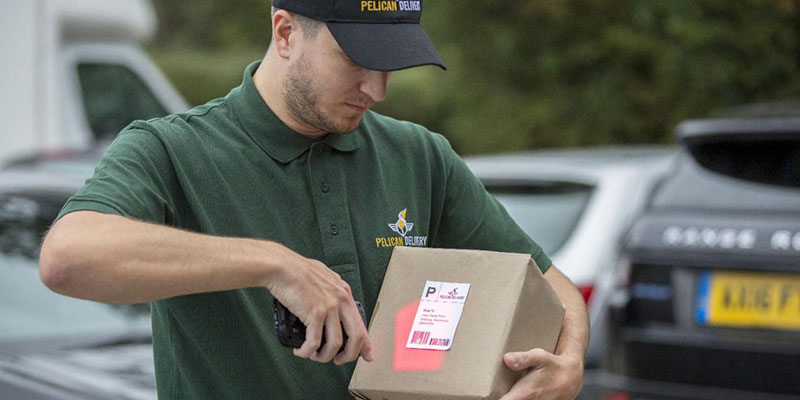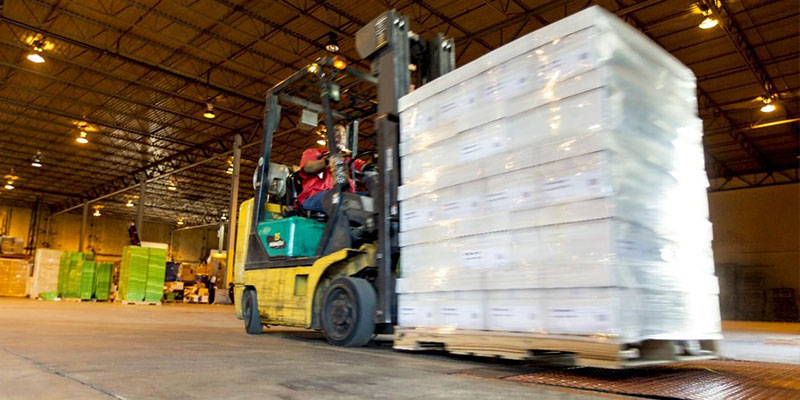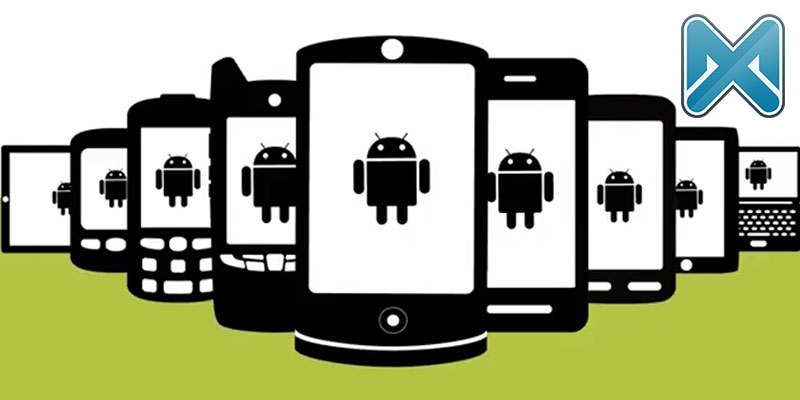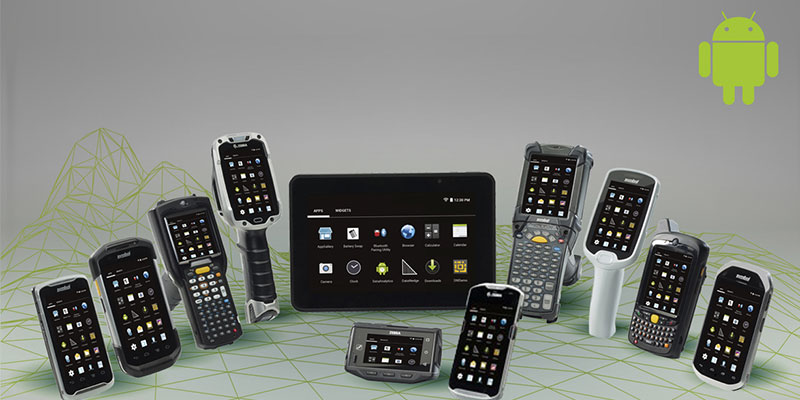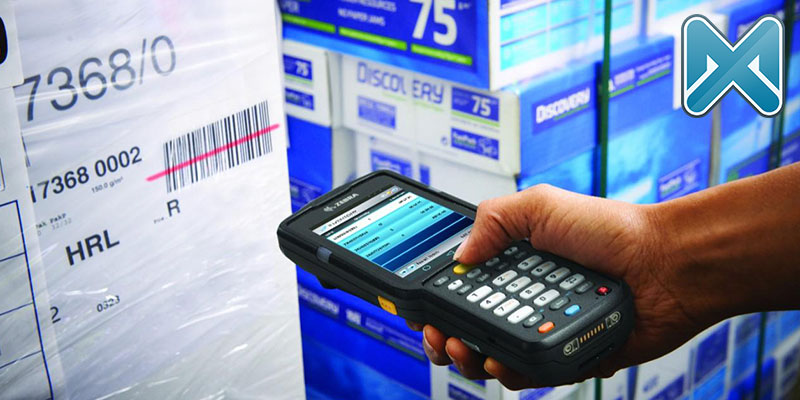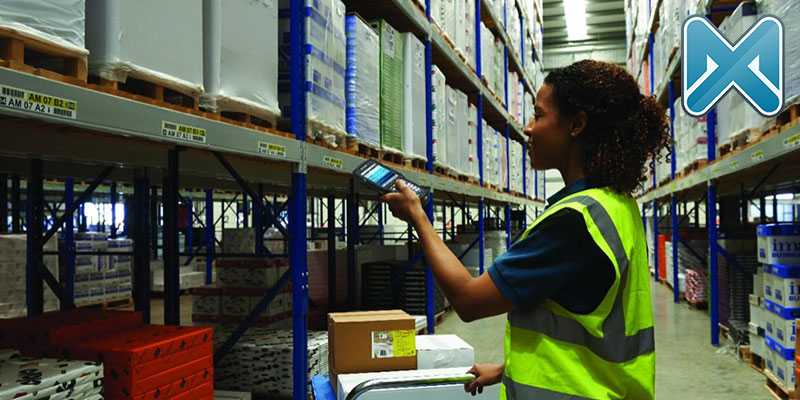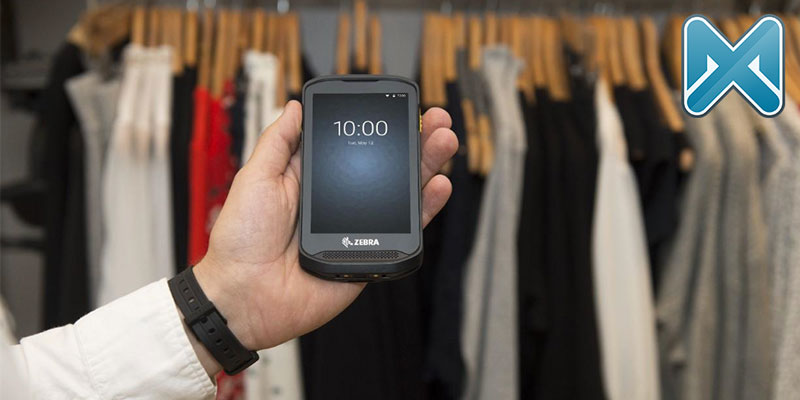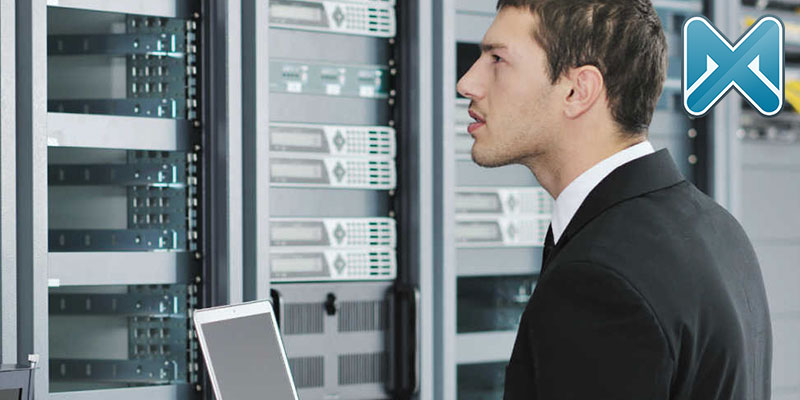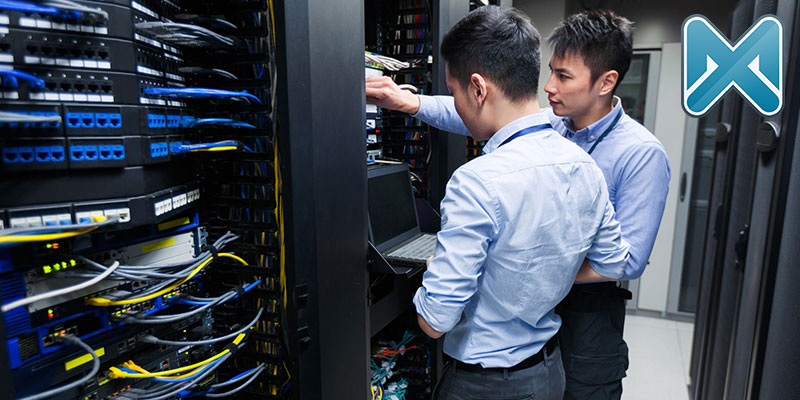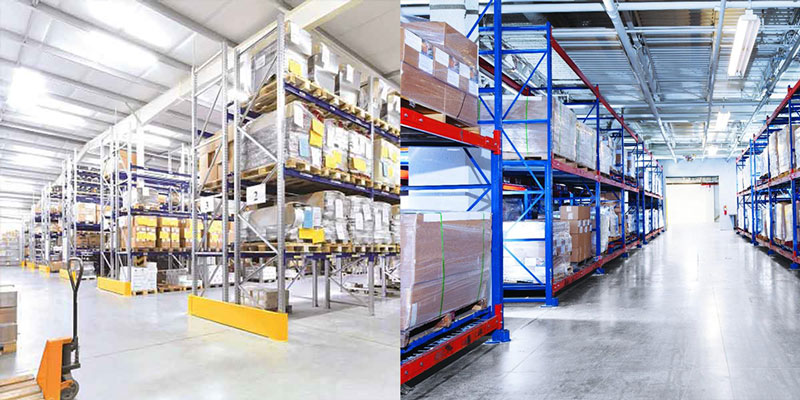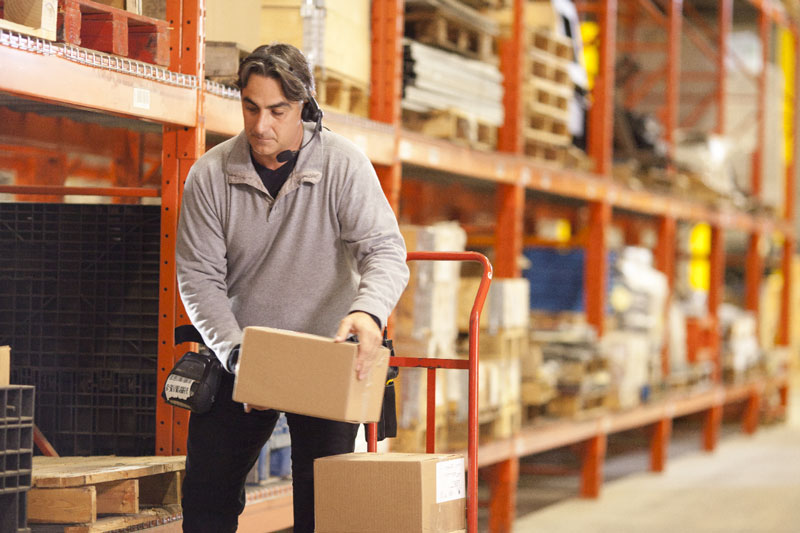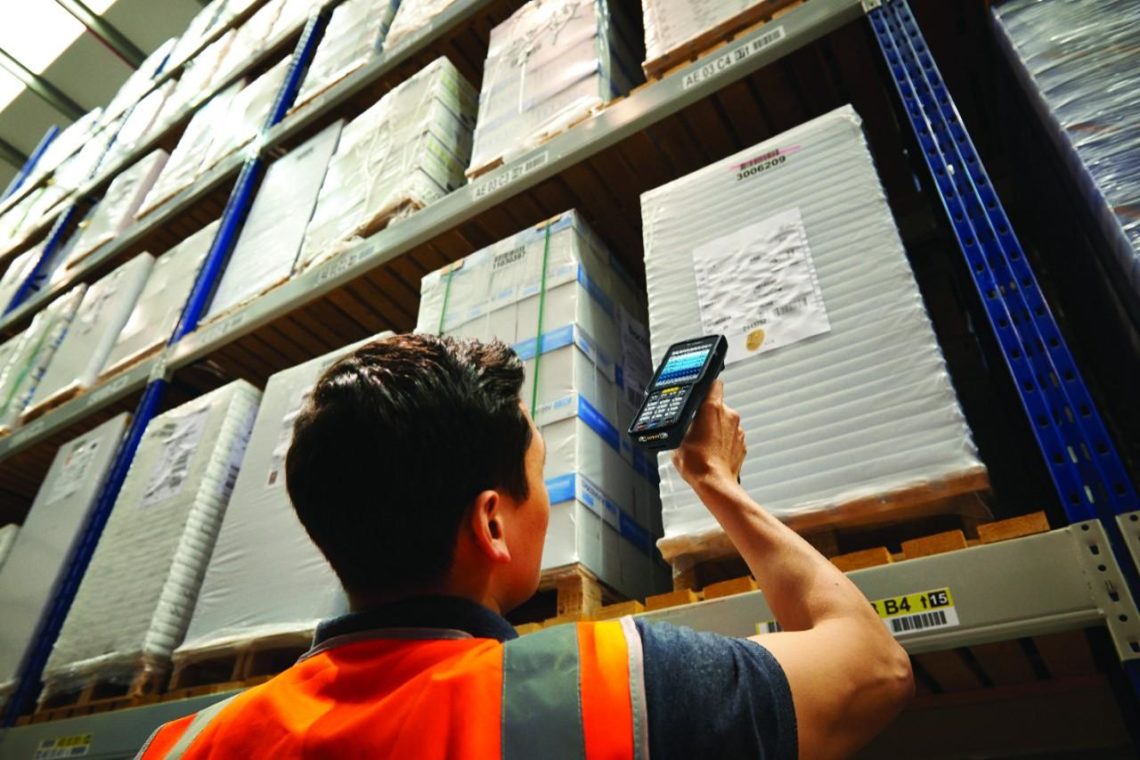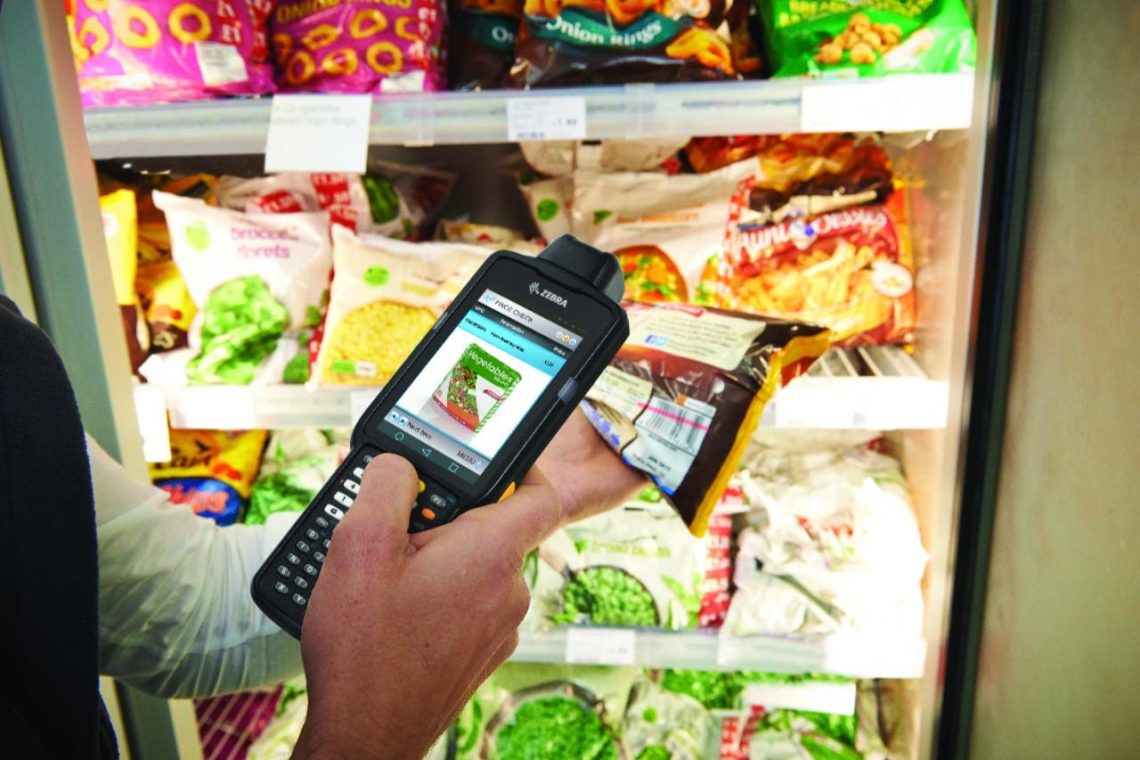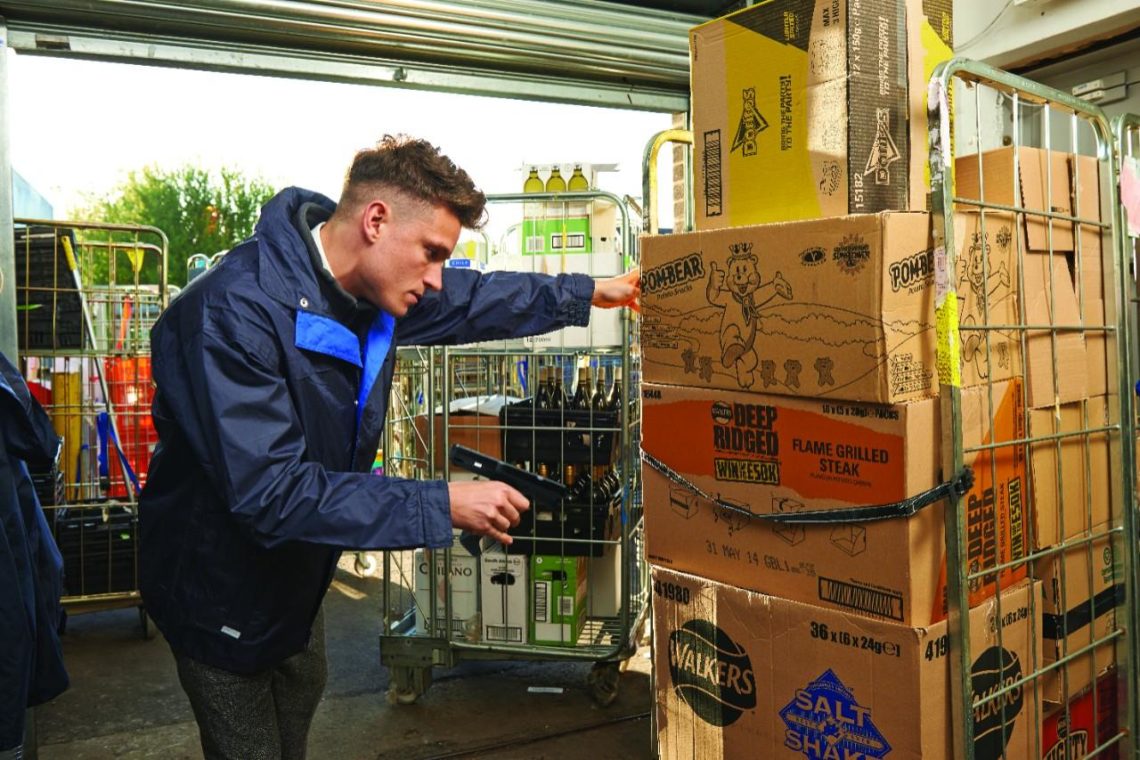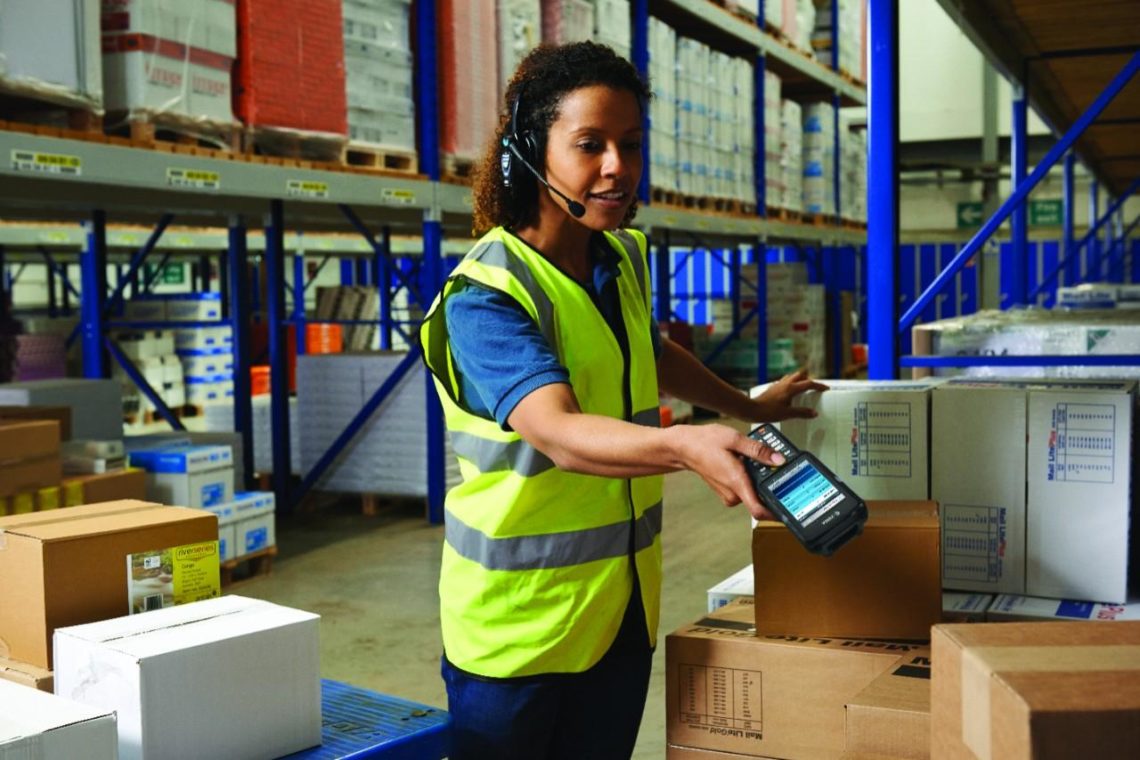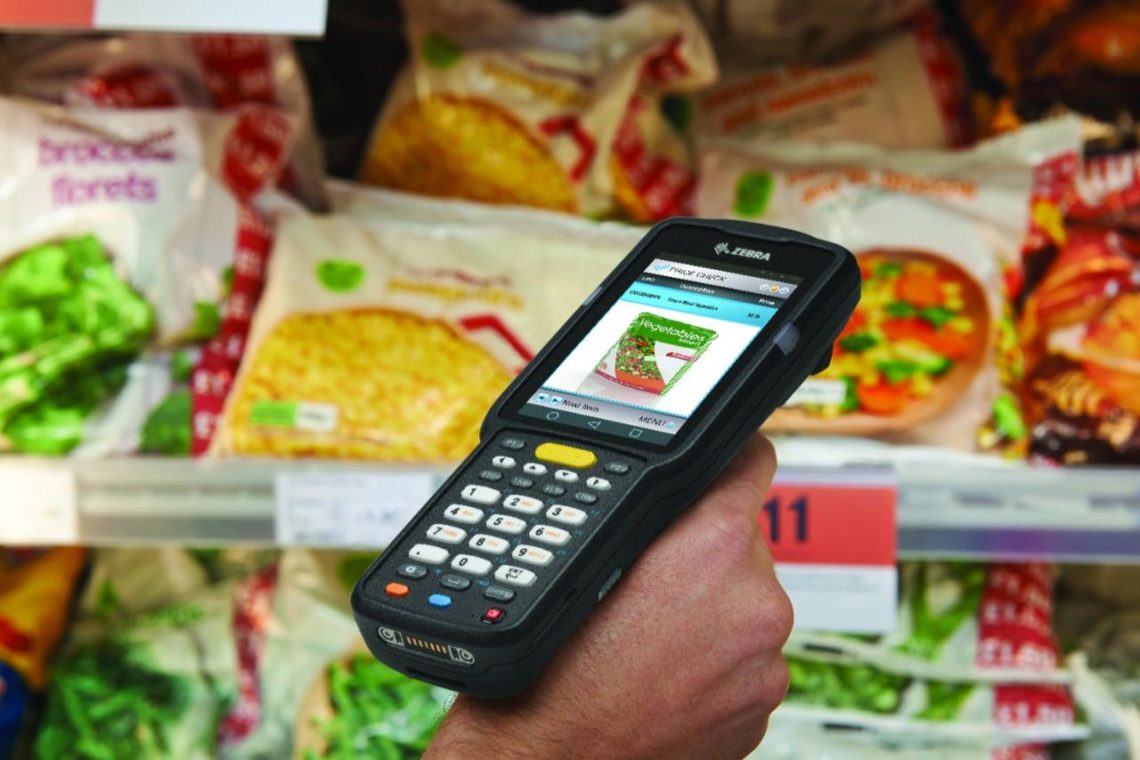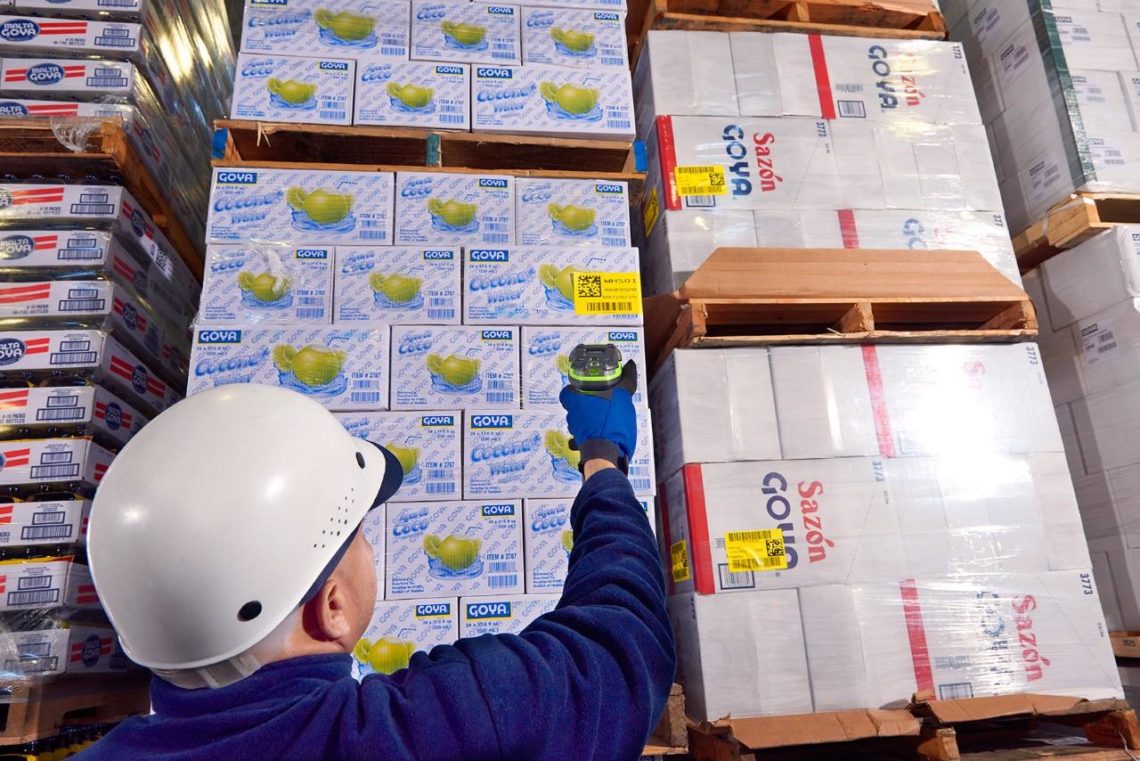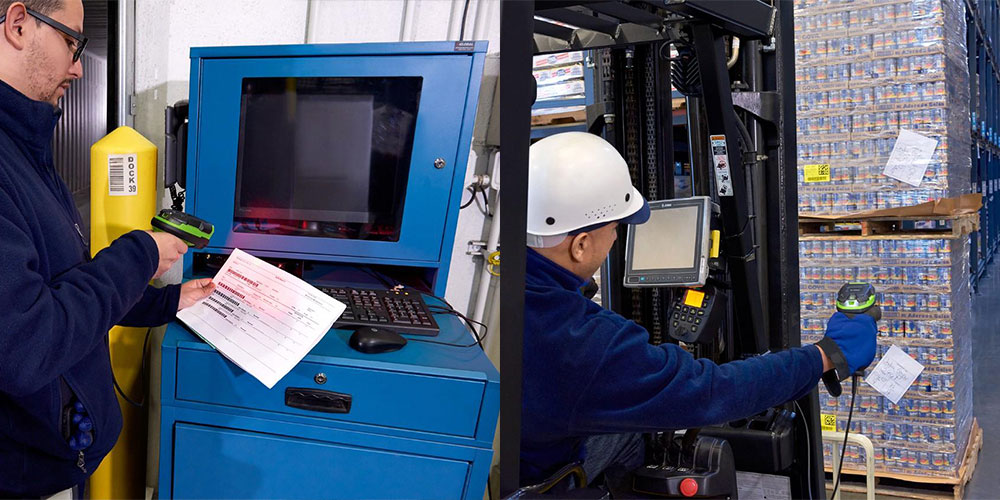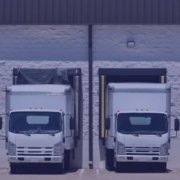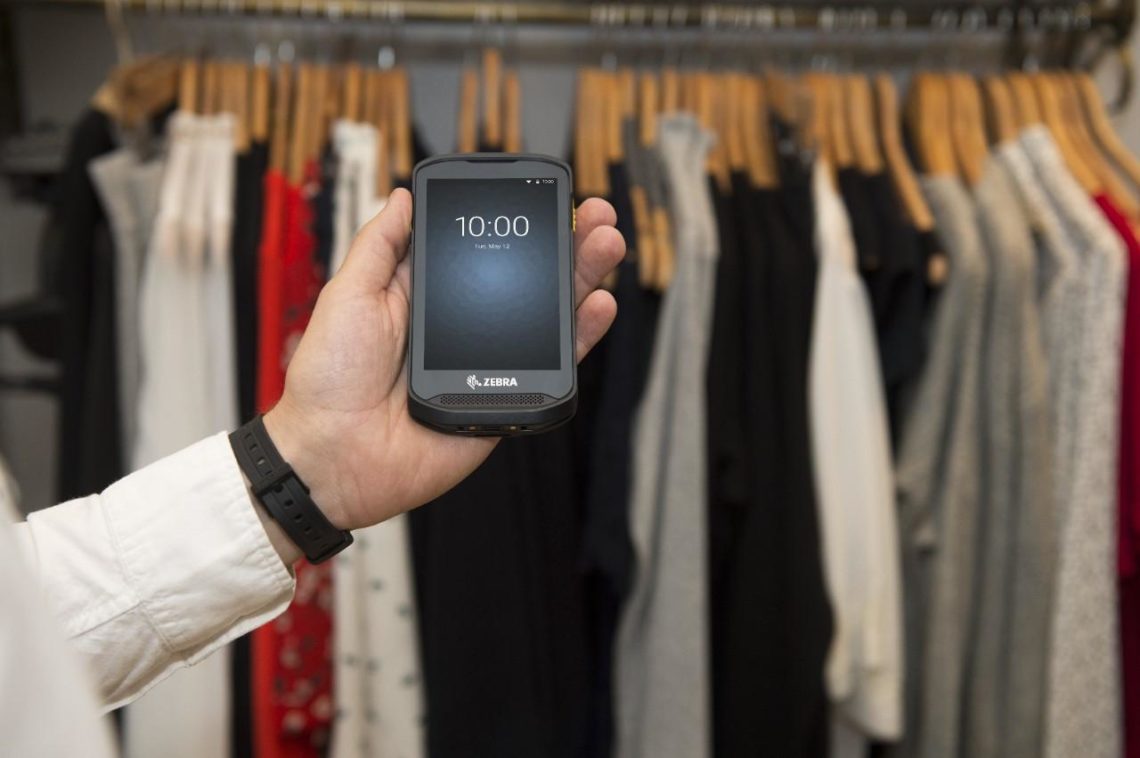Do you follow the routine maintenance schedule on your car? Do you go to the dentist twice a year for a cleaning and check-up? With everything going on in your life, it’s easy to overlook recommended care. If your car is running fine and your teeth don’t hurt, there’s no urgency for those check-ups, right? The downside is that, by ignoring preventive care, you risk the damage that can occur from this negligence. The same holds true for your barcode printer. Proper printer maintenance will extend the life of your printer and lower the total cost of ownership (TCO).
When dirt, debris, dust, and oozing adhesive build up inside your thermal printer, you’ll see the result: poor quality printing and printer jams. When this happens, your printer might already be damaged. The printhead—the most expensive part of a thermal printer—is very sensitive and easily damaged.
Get Proactive with Your Printer Care Maintenance
Take a proactive approach to printer maintenance. Schedule a printer cleaning every time you change the ribbon on a thermal transfer printer or every other time you change the roll on a direct thermal printer. Gain the rewards for conducting this routine maintenance on a regular schedule.
- Eliminate repair costs that result from a dirty printer.
- Extend the printhead’s life and reduce the printhead replacement frequency and cost
- Reduce the cost of downtime and media for reprinting
- Decrease sensor errors.
- Minimize media jams
- Avoid the damage caused by workers who try to fix the jammed or dirty printer.
Tips for Routine Printer Cleaning and Maintenance
You can clean your thermal printer quickly and easily. The process removes build-up from the printhead, label path, and ribbon path. Before you clean the printer, select “Diagnostic Mode” and print a test label to see if the printhead is printing properly. Use this as a gauge to measure the print quality after the cleaning.
Then, follow these routine printer cleaning tips:
- Turn off the power before attempting to clean the printer or open the printhead.
- Remove any jewelry that could scratch the printhead or fall inside the printer (e.g., ring, watch, bracelet).
- Never touch the printhead or sensors. Use a small, soft, clean brush to remove the dust.
- Use only a cleaning solution that is approved by the manufacturer.
Purchase a Printer Cleaning Kit from Avalon Integration Today!
You can purchase a printer cleaning kit from Avalon Integration. Keep a supply on hand so it’s always available when the maintenance is due. Proactive care prevents reactive repair!
If you need repair or service for your data collection hardware, talk to us at Avalon Integration. We partner with industry leaders, like Zebra, and support the products and solutions we sell with expert knowledge and technical expertise.

